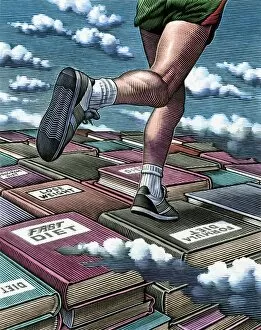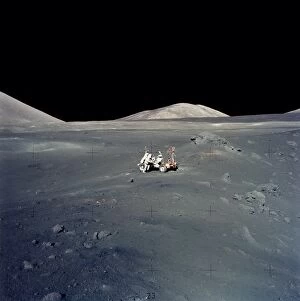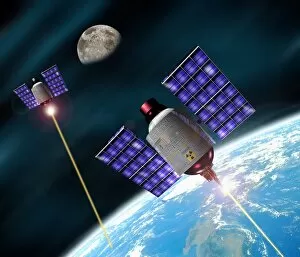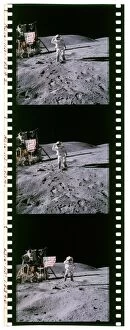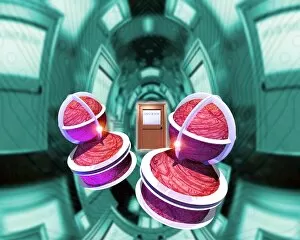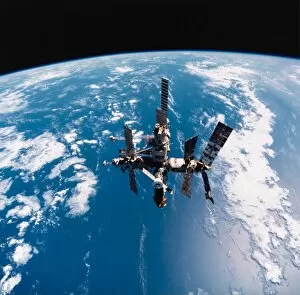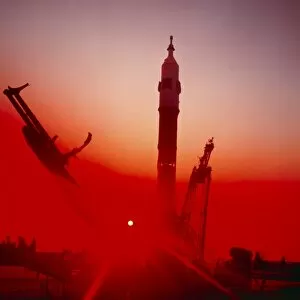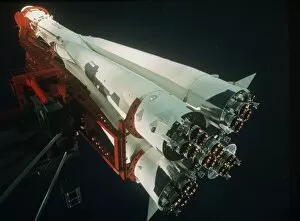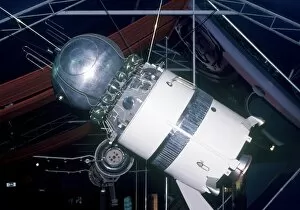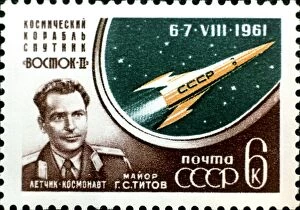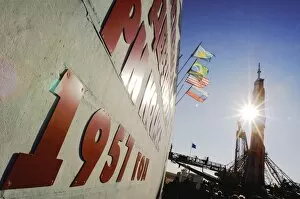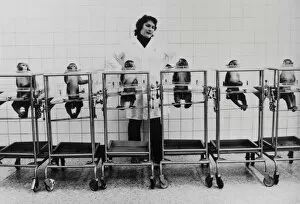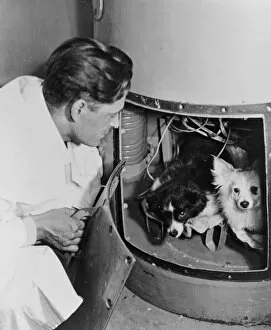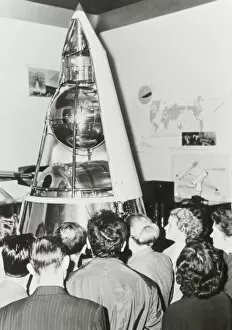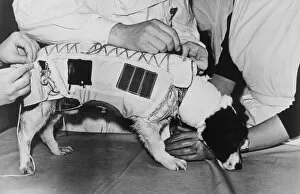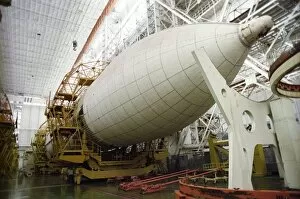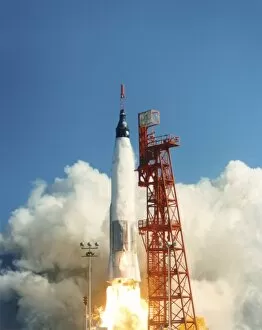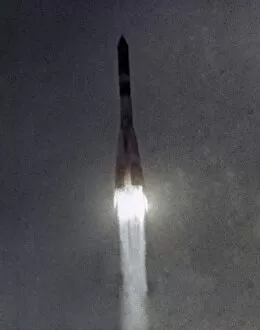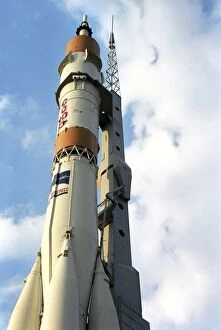Program Collection (#9)
"Programs that Captivate: From Gunsmoke to the Moon Landing" Step back in time with iconic television series like Gunsmoke and The Honeymooners
For sale as Licensed Images
Choose your image, Select your licence and Download the media
"Programs that Captivate: From Gunsmoke to the Moon Landing" Step back in time with iconic television series like Gunsmoke and The Honeymooners, where talented cast members Milburn Stone, Amanda Blake, Dennis Weaver, Jackie Gleason, Audrey Meadows, Art Carney, and Joyce Randolph brought unforgettable characters to life. These timeless programs captured the hearts of viewers around the world. While these shows entertained audiences on Earth, another kind was unfolding in space. Apollo 17 astronauts left their footprints on the Moon's surface—an awe-inspiring testament to human achievement and exploration beyond our planet's boundaries. As we gaze at those astronaut footprints today, we are reminded of humanity's relentless pursuit of knowledge and discovery. In this grand cosmic journey, brave pioneers like Laika the space dog blazed a trail for future explorers. Valentina Tereshkova became a symbol of empowerment as she embarked on her historic mission as the first woman in space. Yuri Gagarin made history aboard Vostok 1 by becoming the first human ever to orbit our planet—a monumental feat that propelled us into a new era. The images of Yuri Gagarin onboard his spacecraft inspire us with wonder and admiration for those who dared venture into uncharted territories. Belka, another courageous Soviet space dog who returned safely from her mission further exemplifies mankind's determination to push boundaries while ensuring safety. Cosmonaut Valentina Tereshkova gracefully soared through outer space in 1963—her presence serving as an inspiration for generations to come. And let us not forget about lunar maps showcasing spacecraft resting peacefully on the Moon—an enduring reminder of mankind's indomitable spirit reaching even celestial bodies beyond our own blue planet. These captivating moments from various programs—both fictional and real—remind us that there is no limit to what humans can achieve when they set their minds towards exploration and innovation.


